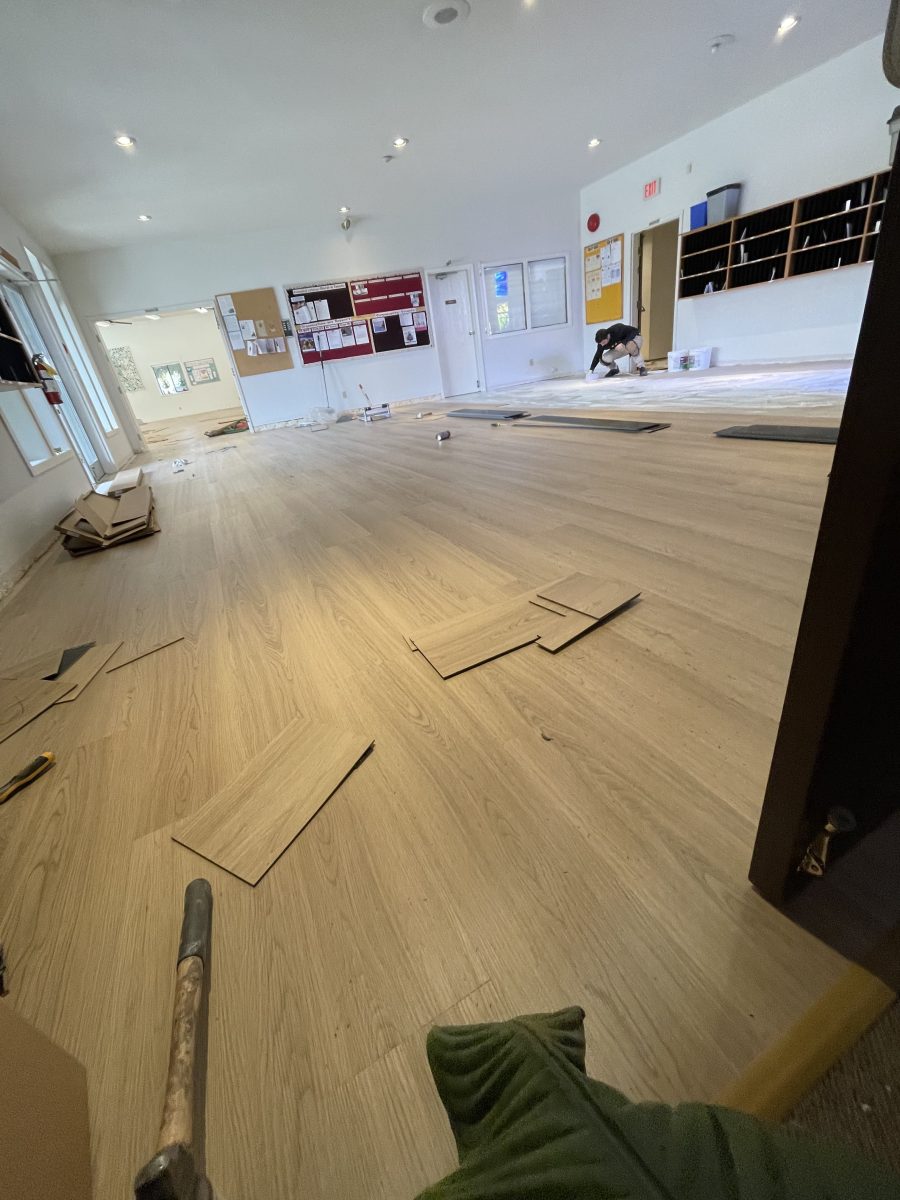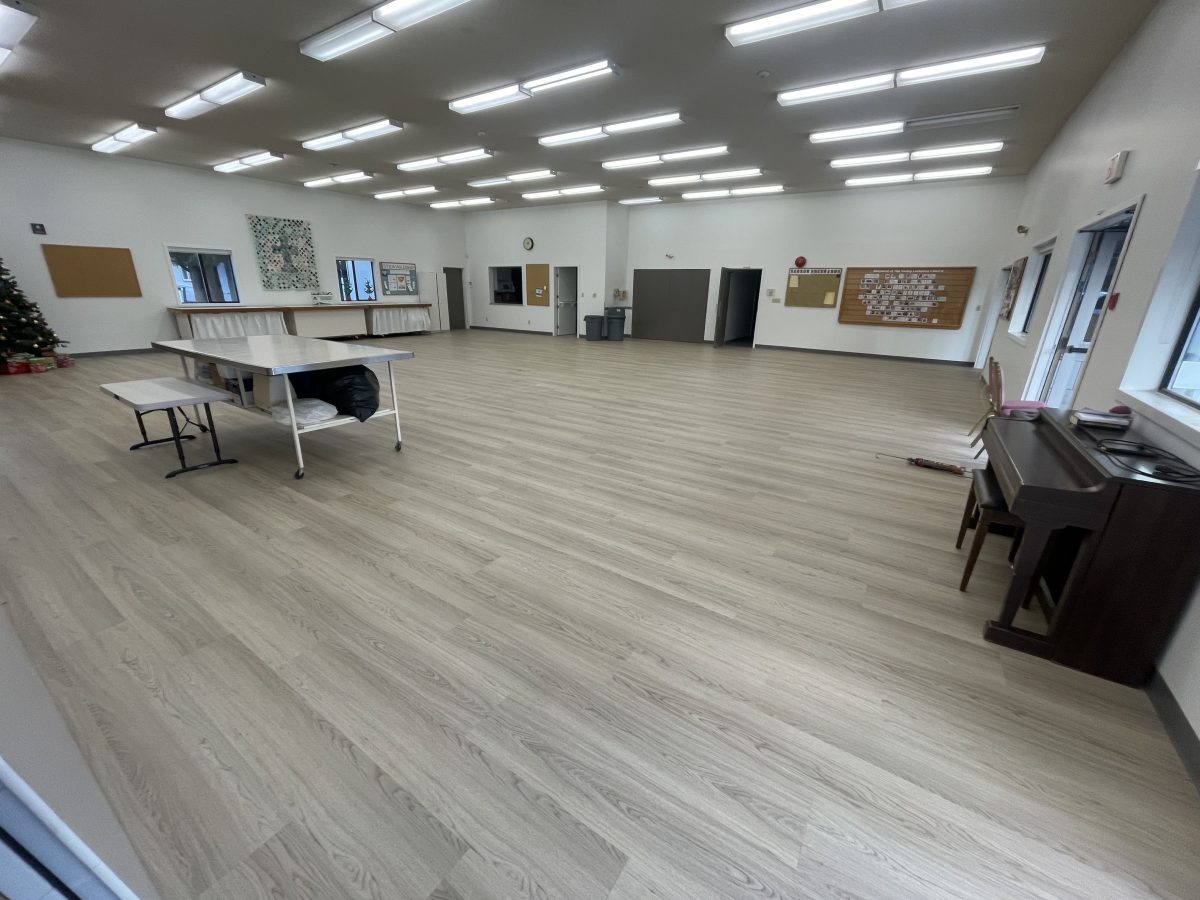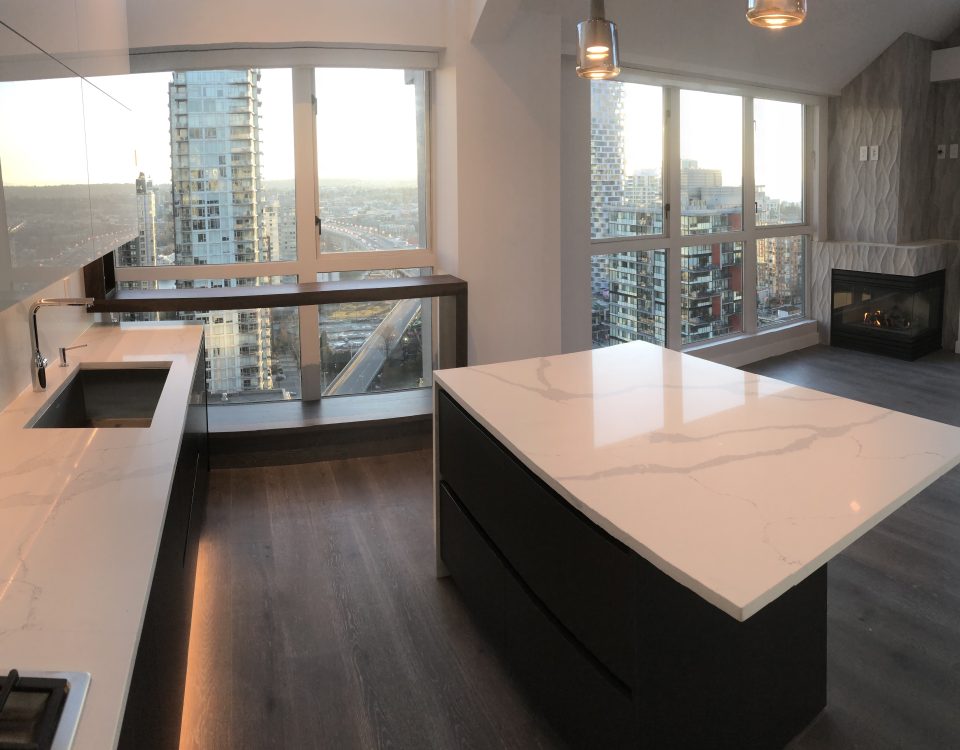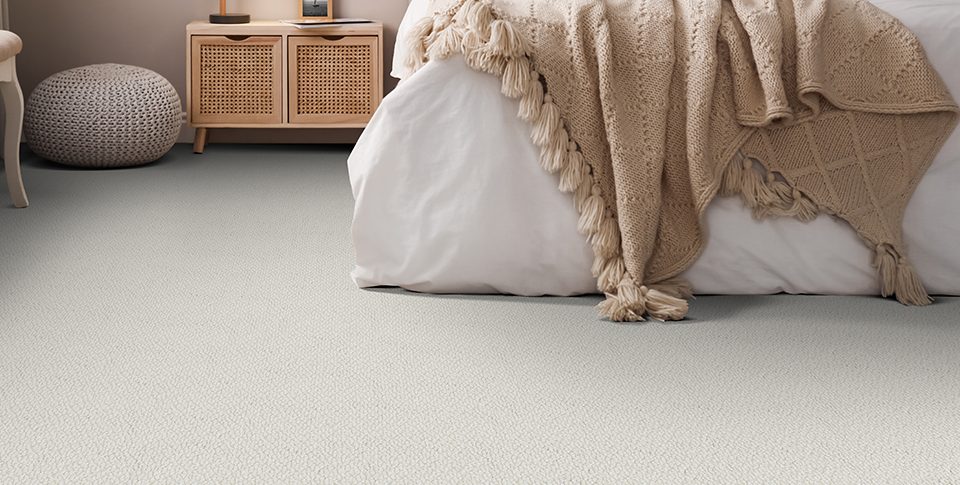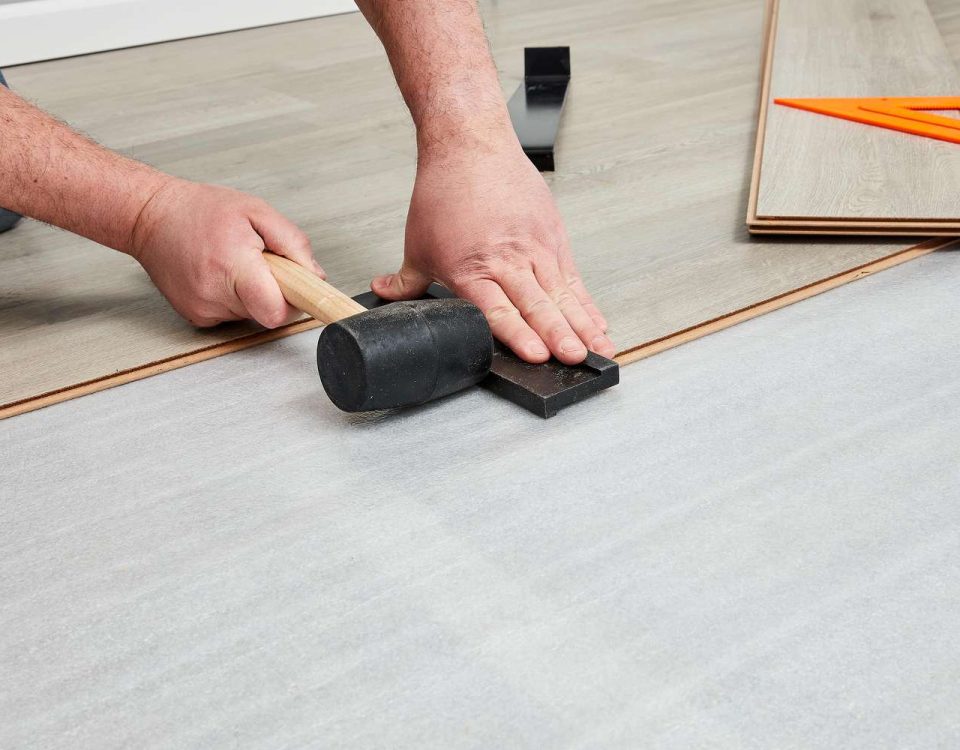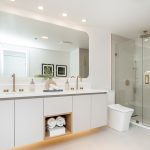
Everything About Bathroom Glass: Types and Applications
May 30, 2024
Comprehensive Guide to Hardwood Flooring and Renovations
June 25, 2024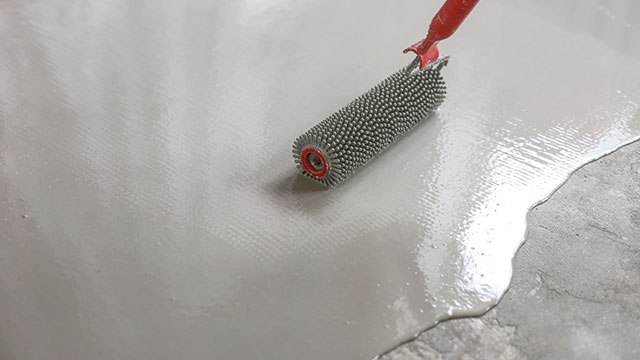
Renovations are an exciting opportunity to breathe new life into your space. At Canadian Flooring & Renovations, we understand that a successful renovation starts from the ground up—literally. One of the most crucial steps in this process is ensuring your floors are perfectly level and smooth, which is where self-leveling compounds come into play.
What is Self-Leveling?
Self-leveling is a technique used to create an even and smooth surface on floors. This involves applying a self-leveling compound, a cement-like mixture that spreads out evenly across the floor to fill low spots and create a uniform surface. This step is essential for preparing subfloors for various types of flooring, including hardwood, laminate, and luxury vinyl.
The Importance of Self-Leveling in Renovations
Foundation for Success: A flat and even floor is the foundation for any successful renovation. Uneven floors can lead to problems such as poor adhesion of new flooring materials, visible imperfections, and even structural issues over time.
Enhanced Durability: Self-leveling compounds provide a solid base, increasing the durability and longevity of your new floors.
Improved Aesthetics: Smooth and level floors contribute to a polished and professional finish, enhancing the overall look of your renovated space.
Versatility: Self-leveling compounds are suitable for various substrates, including concrete, plywood, and existing tiles, making them an ideal solution for different renovation projects.
The Self-Leveling Process
At Canadian Flooring & Renovations, our self-leveling process is designed to ensure flawless results:
Assessment: We begin by thoroughly assessing the existing subfloor to determine the extent of leveling required.
Preparation: The subfloor is cleaned and primed to ensure optimal adhesion of the self-leveling compound.
Mixing: The compound is mixed to the perfect consistency, ensuring it will flow and settle evenly.
Application: The mixture is poured onto the subfloor and spread using a gauge rake, allowing it to flow and self-level, filling in any depressions.
Curing: Once applied, the compound is left to cure, typically within 24 hours, creating a hard, smooth surface ready for the next stage of the renovation.
Applications in Renovations
Residential Renovations: From kitchens and bathrooms to living rooms and basements, self-leveling provides a smooth foundation for various flooring types, enhancing both appearance and durability.
Commercial Renovations: High-traffic areas in commercial properties benefit from the robustness of self-leveled floors, ensuring longevity and minimal maintenance.
Whole-Home Overhauls: Whether you’re modernizing a single room or renovating your entire home, self-leveling is essential to ensure a seamless transition between different flooring types and areas.
Pre-Removal Evaluation
Before we remove your existing floor, we can conduct a thorough evaluation to determine if self-leveling is necessary. However, it’s important to note that we can’t accurately determine how much self-leveling you will need until the existing floor is removed. This proactive approach helps you understand the condition of your subfloor and plan accordingly, ensuring a smoother and more efficient renovation process.
Calculating the Number of Self-Leveling Compound Bags Needed
Accurately determining the amount of self-leveling compound required is essential for a smooth flooring installation. Here’s a simplified step-by-step guide:
Assess the Subfloor:
- Clean and identify low spots using a straightedge or level.
Measure the Area:
- Calculate total square footage: length x width.
- Example: 20 feet x 15 feet = 300 square feet.
Determine Depth:
- Measure average depth of low spots.
- Example: 1/4 inch (0.25 inches).
Calculate Volume:
- Convert depth to feet (0.25 inches ÷ 12 = 0.021 feet).
- Multiply area by depth to get cubic feet.
- Example: 300 square feet x 0.021 feet = 6.3 cubic feet.
Convert to Bags:
- Check coverage per bag (e.g., 50 square feet at 1/8 inch depth).
- Adjust for 1/4 inch depth (50 square feet ÷ 2 = 25 square feet per bag).
- Divide total area by coverage to find bags needed.
- Example: 300 square feet ÷ 25 square feet per bag = 12 bags.
- Add 10-15% for waste and round up.
- Example: 12 bags x 1.10 = 14 bags.
By following these steps, you can ensure you purchase the right amount of self-leveling compound, minimizing waste and ensuring a smooth, level floor for your new flooring installation. For more assistance, contact Canadian Flooring & Renovations.
Tips for a Successful Self-Leveling Project
Professional Assessment: Start with a thorough assessment by our experienced team to determine the correct approach and materials for your specific renovation needs.
High-Quality Materials: We use only the best self-leveling compounds to ensure a durable and smooth finish that stands the test of time.
Expert Application: Our skilled professionals apply the compound with precision, ensuring a perfectly level surface every time.
Adequate Curing Time: Allow sufficient time for the compound to cure before proceeding with flooring installation to ensure optimal results.
Case Study: Renovation Success
One of our recent projects involved a complete home renovation in Vancouver. The homeowners wanted to replace their outdated carpet with modern hardwood floors. However, the subfloor was uneven and needed significant leveling. Our team assessed the situation, prepared the subfloor, and applied a high-quality self-leveling compound. Within 24 hours, the floor was perfectly smooth and ready for the new hardwood installation. The result was a stunning, seamless floor that added value and beauty to the home.
Conclusion
Self-leveling is a crucial step in any renovation project, ensuring your new floors are as beautiful and durable as possible. At Canadian Flooring & Renovations, we take pride in our meticulous approach to self-leveling, ensuring every project starts with a solid foundation. Whether you’re renovating a single room or your entire home, trust us to provide the expertise and quality materials needed for flawless results.
For more information on self-leveling and other renovation services, visit our showroom at 1903 W Broadway, Vancouver, BC, or contact us at 604-739-4477. Let’s transform your space into something extraordinary together.

